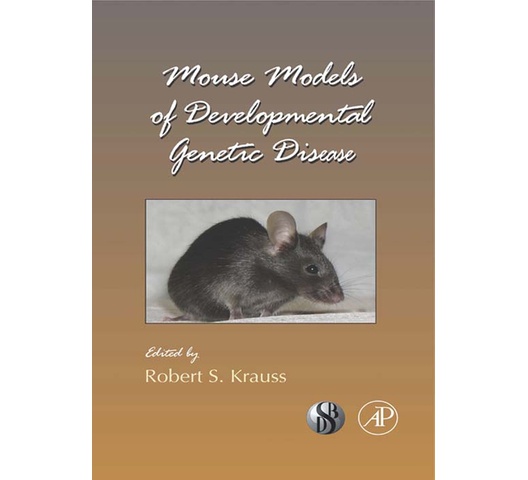
Mouse Models of Developmental Genetic Disease
Approximately three percent of newborn humans have congenital anomalies with significant cosmetic and/or functional consequences. Much of our ability to understand what has gone awry in these birth defects rests with development of animal models for them; the mouse has emerged as the model organism of choice for these studies. This volume reviews mouse models of specific developmental genetic diseases, including neural tube defects; cleft lip and/or palate; congenital heart disease; ciliopathies; hereditary deafness and others to provide conceptual insight into congenital anomalies generally. The interplay between clinical observation and murine model systems is expected to yield deep insight into mammalian developmental processes and the emergence of effective preventive and/or therapeutic strategies.
- Provides busy clinical and basic science researchers a one-stop overview and synthesis of the latest research findings and contemporary thought in the area
- Allows researchers to compare and contrast disease models and also to learn about what models have been developed for large-scale distribution
- Allows researchers to evaluate basic differences in mouse and human biology and propose alternate pathways and possible gene interactions of the disease
KES 34,246

International delivery
Free click & collect
| UPC | 9780080922485 |
|---|---|
| Author | Robert S. Krauss |
| Pages | 512 |
| Language | English |
| Format | |
| Publisher | Elsevier Science |
| SKU | 9780080922485 |
None

